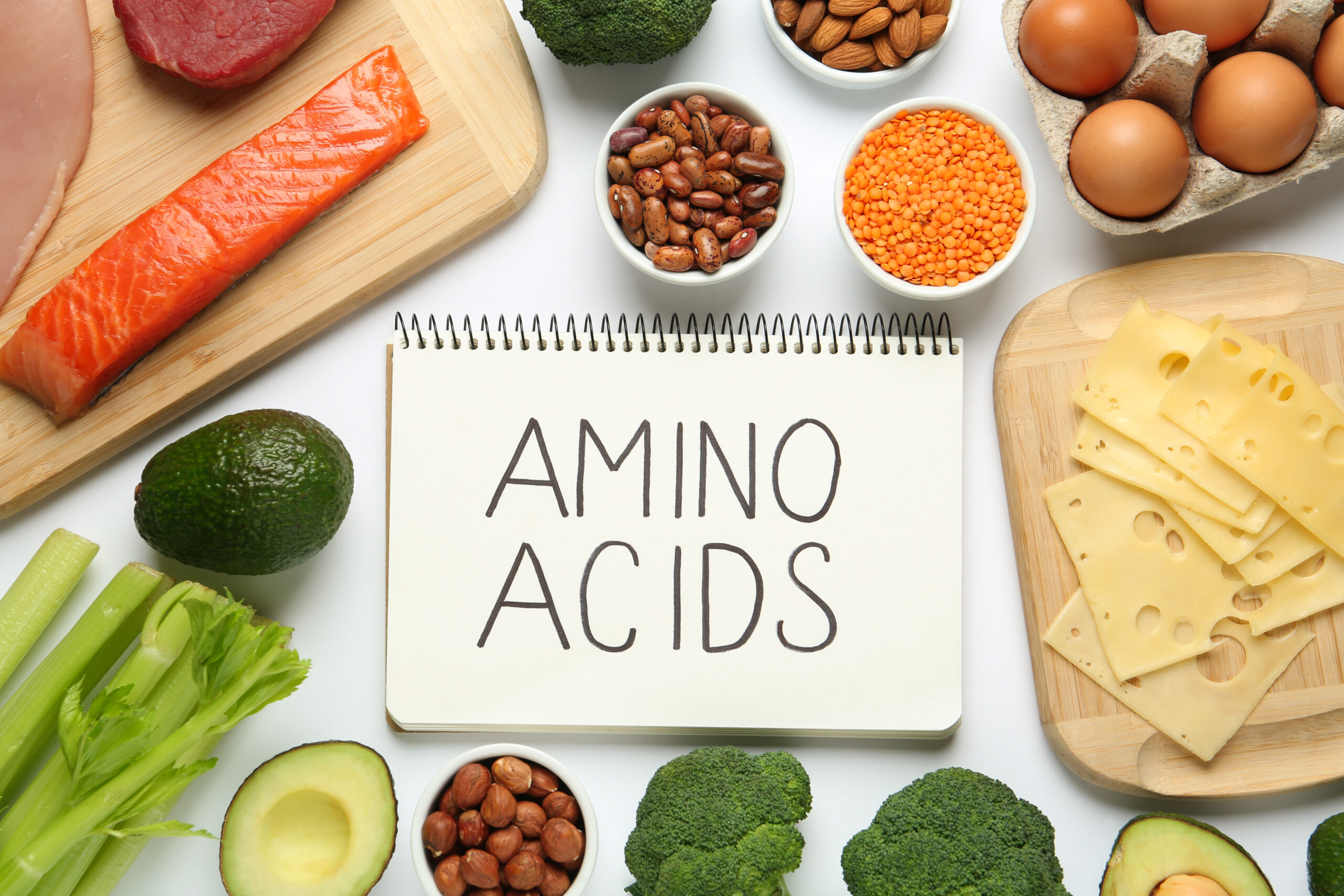With the growing emphasis on health, wellness, and nutrition, understanding the amino acid composition of foods and supplements has never been more important. Various factors can influence amino acid profiles, including food source, processing methods, and cooking techniques. Consequently, conducting amino acid analysis serves several key purposes:
1. Nutritional Assessment: By determining the amino acid composition of different food products, nutritionists and dietitians can provide accurate dietary recommendations tailored to individual needs. Parameters may include rice amino acid profile, whey protein amino acid profile etc. This is particularly important for athletes, children, and those with specific health conditions who may require higher or specific amino acid intake.
2. Quality Control: For food manufacturers, maintaining consistent quality in protein- rich products—such as meats, dairy, and plant-based alternatives—is critical. Regular amino acid analysis allows producers to verify that their products meet nutritional claims and ensure consumer satisfaction.
3. Dietary Compliance: Consumers following specific dietary plans (such as vegan or ketogenic diets) need to understand the amino acid profiles of their food choices to ensure they are receiving adequate nutrition. This information helps them make informed decisions about their diets.
4. Research and Development: In clinical and nutritional research, analysing amino acids supports studies related to metabolism, health, and disease prevention. This research can lead to improved dietary guidelines and therapeutic intervention
Applications in Various Sectors
Amino acid analysis has broad applications across multiple sectors, including:
- Food Industry: Used to analyse protein sources in foods, ensuring accurate labelling and product quality.
- Nutritional Supplements: Verifying the amino acid profiles of dietary supplements to confirm claims and enhance product development.
- Clinical Nutrition: Assessing amino acid levels in patients for dietary planning and therapeutic interventions.
- Animal Feed: Evaluating the amino acid content of animal feeds to optimize nutrition and growth in livestock.
FARE Labs employ Ultra-Performance Liquid Chromatography (UPLC) for accurate and reliable qualitative/quantitative analysis of amino acid:
| Testing Method |
Description |
Ultra-Performance
Liquid Chromatography
(UPLC) |
A highly advanced analytical technique that allows for rapid
separation, identification, and quantification of amino acids
in various samples. UPLC provides improved resolution and
speed compared to traditional methods. |

